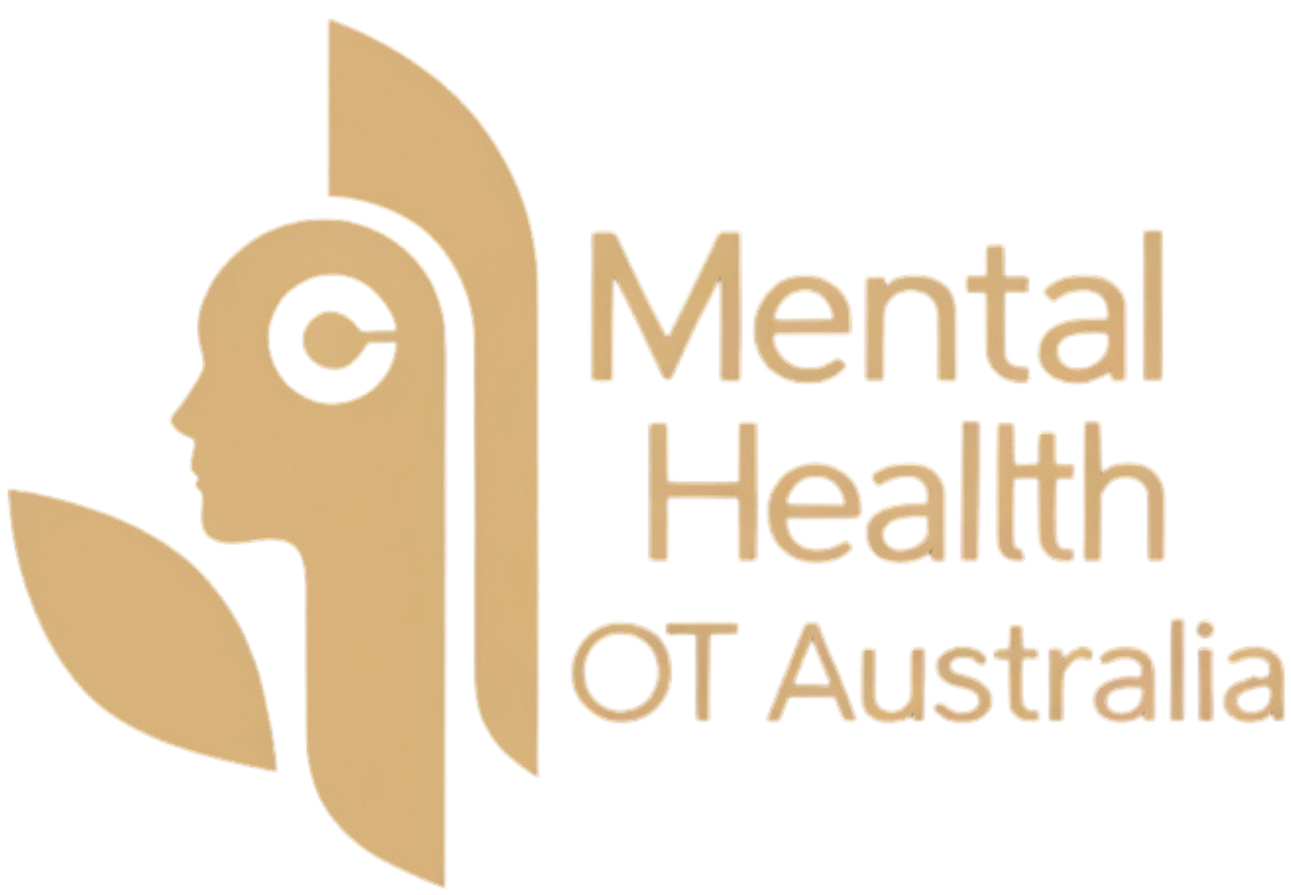Empowering Autism Support Through Innovative Therapies



Understanding the Impact of Autism Spectrum Disorder (ASD)
Autism Spectrum Disorder is a neurodevelopmental condition that influences social interaction, emotional regulation, sensory processing, and communication. People with ASD may experience heightened or reduced sensitivity to sensory input, difficulty managing emotions, challenges in executive functioning, and unique communication styles.
These can impact everyday tasks and quality of life. Early and individualised interventions like Occupational Therapy and Neurofeedback can help improve functional abilities, build confidence, and support participation in daily activities across home, school, and community settings.
How Occupational Therapy Builds Daily Life Skills
Occupational Therapy (OT) focuses on supporting people to engage more independently and meaningfully in daily life. For individuals with ASD, this may include strategies for emotional regulation, sensory processing, motor skills development, and social engagement.
Therapists help children and adults build functional skills such as dressing, grooming, eating, and organising. Sensory Integration Therapy, social skills training, and adaptive behaviour support are commonly used approaches. OT also involves environmental modifications at home or school to support the individual’s comfort and success. Tailored OT sessions help clients develop tools to handle everyday challenges, boosting their independence and confidence.



Introducing NeurOptimal® Neurofeedback Brain Training
NeurOptimal® Neurofeedback is a safe, non-invasive brain training system that encourages the brain’s natural ability to self-regulate. It works by providing real-time auditory feedback when the brain shows signs of instability. Clients simply relax and listen to music during sessions, with no active effort required. Over time, this can lead to improvements in emotional regulation, attention, cognitive flexibility, and sleep. Unlike other neurofeedback systems, NeurOptimal® is non-linear and doesn’t push the brain toward any set pattern—it simply supports optimal function.
Suitable for all ages, it’s especially beneficial for individuals with ASD who may struggle with sensory overload, impulsivity, and transitions.
A Tailored Approach: OT and Neurofeedback Working Together
The combination of Occupational Therapy and NeurOptimal® Neurofeedback offers a powerful, personalised toolkit for individuals with ASD. This dual approach enhances emotional stability, improves sensory processing, and strengthens focus. OT provides hands-on strategies and structured interventions, while Neurofeedback fosters brain flexibility and resilience. Together, they support improved daily living, reduced anxiety, and better sleep. Sessions are customised to the individual’s needs, age, developmental stage, and family goals. Regular reviews ensure ongoing progress. This combined method not only supports challenges but empowers self-awareness, confidence, and a higher quality of life.
Meta Title:
Holistic Autism Support with Occupational Therapy & Neurofeedback
Meta Description:
Discover how Occupational Therapy and NeurOptimal® Neurofeedback work together to support emotional regulation, sensory processing, and independence in individuals with Autism Spectrum Disorder.
Rewritten Article (Rest of Content)
Benefits of Combining OT & Neurofeedback for Autism
When Occupational Therapy and NeurOptimal® Neurofeedback are used together, the results can be transformative. Key benefits include:
Emotional regulation: OT teaches practical emotional skills; Neurofeedback calms the brain.
Sensory processing: OT offers sensory coping strategies; Neurofeedback helps the brain process input more effectively.
Attention and focus: Improved concentration and task performance.
Daily living skills: Greater independence in daily routines.
Anxiety reduction: Strategies from OT are reinforced by a calmer nervous system.
Sleep support: Neurofeedback promotes restful sleep; OT aids bedtime routines.
Empowered self-awareness: Clients learn to recognise and respond to their own needs.
Symptoms Addressed by OT and Neurofeedback
These therapies address a wide range of ASD symptoms, including:
Stimming behaviours: Reduced through self-regulation and sensory alternatives.
Meltdowns: Managed with calming tools and better brain stability.
Speech challenges: Supported through improved processing and communication tools.
Repetitive behaviours: Reduced through increased cognitive flexibility.
Panic attacks: Addressed with calming activities and brain resilience.
Resistance to change: Improved adaptability with gradual exposure and neural flexibility.
Following instructions: Boosted by improved executive function and impulse control.
Hyperactivity: Reduced through structure and stabilised brain function.
Social skills: Enhanced with emotional tools and structured social learning.
Together, OT and Neurofeedback offer comprehensive support tailored to each person’s unique ASD profile.
What Research Says About These Therapies
A growing body of research highlights the effectiveness of both therapies:
Pineda et al. (2008) found Neurofeedback improved communication in children with autism.
Kouijzer et al. (2009) reported gains in executive functioning.
Van Rijn et al. (2020) showed Occupational Therapy with sensory integration improved behaviour and sensory modulation.
Coben and Padolsky (2007) found reductions in core autism symptoms with Neurofeedback.
Case-Smith et al. (2015) linked OT to improved social participation.
These findings support the combined use of Neurofeedback and Occupational Therapy as a safe, effective method of improving functional outcomes for individuals with ASD.
What to Expect from NeurOptimal® Sessions
Each NeurOptimal® session lasts 45–60 minutes. Clients wear sensors that monitor brain activity without applying stimulation. As music plays, slight interruptions in sound provide the brain with real-time feedback. This encourages natural self-correction. Sessions are passive—clients can relax, read, or colour. There’s no need for conscious effort or goal-setting. As the brain trains itself, improvements often emerge gradually. Clients commonly report better sleep, reduced anxiety, and improved mood or focus over time.
Creating a Personalised Support Program
Our integrated approach combines regular Occupational Therapy and NeurOptimal® sessions into one tailored program. Plans are built around each client’s age, developmental needs, sensory profile, and goals. This allows us to address emotional, cognitive, and functional areas holistically. Collaboration with families, schools, and support workers ensures everyone is on the same page. Regular progress reviews help adapt the program as needs evolve, maintaining momentum and relevance throughout the support journey.
FAQs
Is Neurofeedback safe for children with autism?
Yes, it’s non-invasive, gentle, and suitable for children of all ages.
How quickly will we see results?
Some clients notice changes within a few sessions; others see gradual improvements over time.
Can this replace other therapies?
No—it’s a complementary support that enhances, not replaces, other therapies.
How many sessions are recommended?
Two Neurofeedback sessions per week plus ongoing OT sessions usually provide optimal results.
Why Choose Us for Autism Support?
☑ Strengths-based, personalised approach for neurodivergent clients
☑ Expert team in Occupational Therapy & Neurofeedback
☑ Focus on natural resilience and independence
☑ Individualised programs built around client needs
☑ Strong collaboration with families and schools
Take the Next Step: Book a Session Today
Supporting someone with Autism requires patience, innovation, and a personalised plan. Our integrated Occupational Therapy and NeurOptimal® Neurofeedback programs offer a transformative path forward—building resilience, supporting emotional balance, and promoting growth. Let us help your loved one reach their potential with confidence, clarity, and care.

